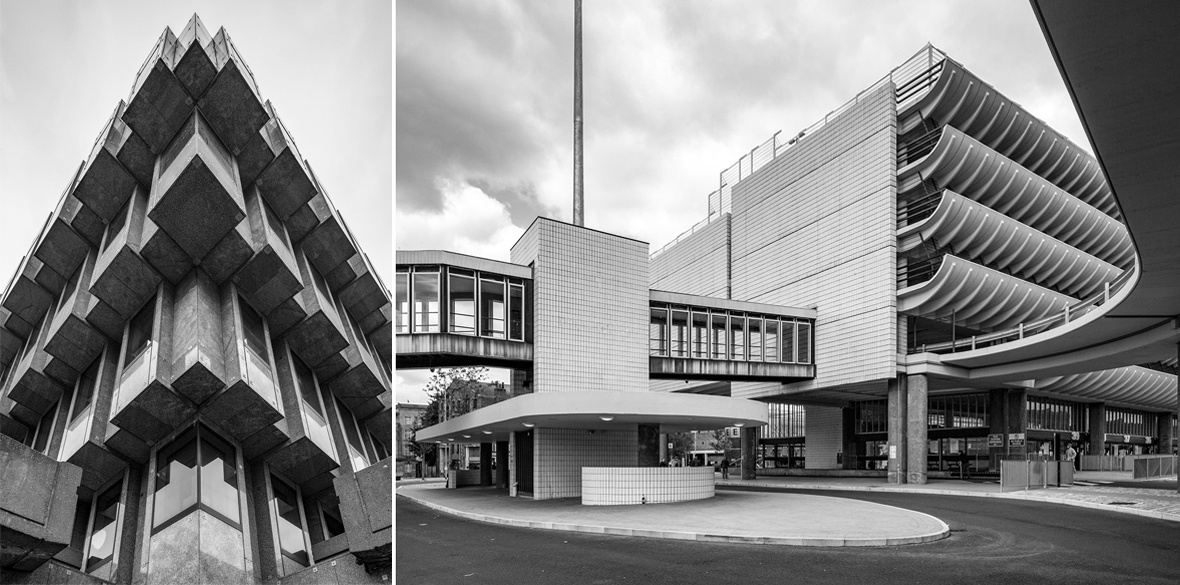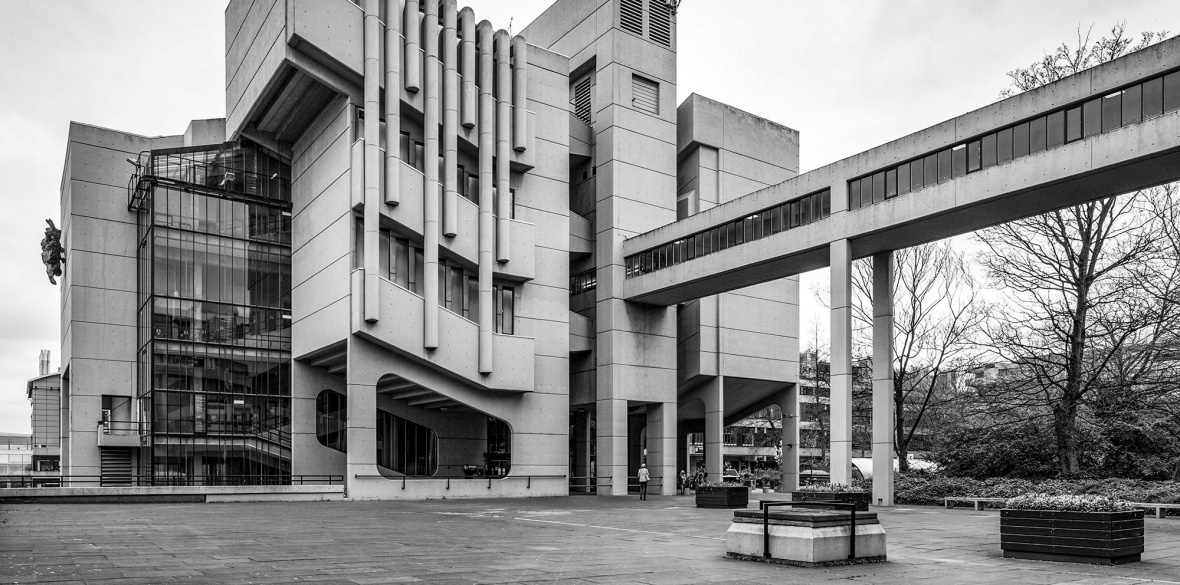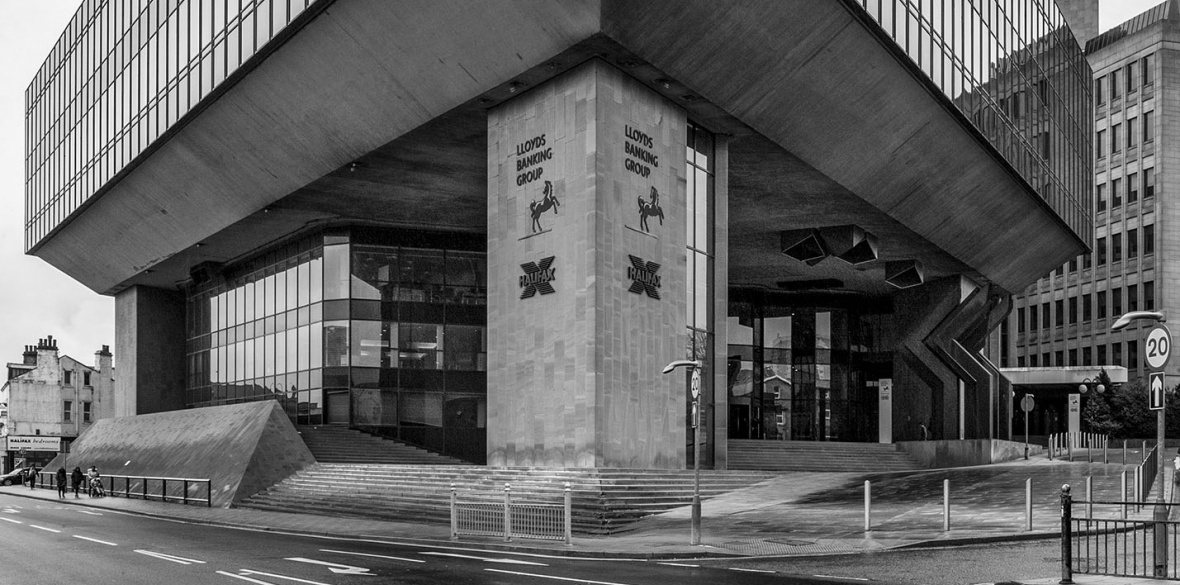This is the last article you can read this month
You can read more article this month
You can read more articles this month
Sorry your limit is up for this month
Reset on:
Please help support the Morning Star by subscribing here
Brutal North
by Simon Phipps
(September Publishing, £16.99)
SIMON PHIPPS’S Brutal North is a stupendous photographic record of the so-called brutalist architecture of northern England. In it, his instinct for composition and employment of sharp viewing angles captures the spirit of some exquisite buildings.
Deliberately shot on mainly cloudy days and in dissipated light, Phipps achieves a clarity of detail that would be buried by contrast on a sunny day.
The term brutalist is derived from a lazy translation of the French “beton brut,” which simply means “raw concrete.” It describes surfaces of buildings left untreated which often, by design, register the imprint of the textures of the timber used in the forms in which the concrete is poured.
Today, brutalism is flippantly used to disparage a period of outstanding municipal architecture in Britain in the 1960-80s, by disingenuously implying that is heartless and ugly.
Phipps, however, pays tribute to brutalism’s innovative aesthetics and its democratic essence, recognising that it offered imaginative and unexpected vistas that liberate the spirit.
His captivating introductory essay brims with anecdote, little-known facts and a genuine affection for the north and its history of socialist aspiration.
Preston is at the centre of this heritage with its legacy of trade unionism and collectivism embodied in the legendary 1960s socialist Building Design Partnership that took many of its cues from Bauhaus and led to the iconic Preston Bus Station.
Phipps reminds us of Karl Marx’s admiration for the eight-months-long Preston Lockout of 1853-4, when he wrote in the New York Daily Tribune: “The eyes of the working classes are now fully opened: they begin to cry: ‘Our St Petersburg is at Preston!’”
If noir is your thing you might remember Cockney Michael Caine – as the improbable Geordie – in Get Carter tossing a bloke from the top of the Trinity Square car park in Gateshead, designed by Rodney Gordon of the Owen Luder Partnership.
Quite why a southerner got a role that by right should have been Malcolm McDowell’s, a native of Leeds’s, illustrates perhaps the prevailing patronising attitudes towards the north.
Picasso and Le Courbusier also lent a hand in Newcastle in 1967. The leader of council at the time, T Dan Smith – who would face infamy in the John Poulson affair – articulated the scale of northern expectation thus: “we should create a region which would be relevant to tomorrow rather than run after the illusion of prosperity.”
Phipps is unequivocal in being less than impressed with current government pronouncements on the “Northern Powerhouse” as paling into insignificance in comparison with the post-WWII determination and civic conviction to create a proud and better society for all. That scale of ambition simply isn’t there, he writes.
This invigorating and edifying book sheds new light on a momentous regional struggle for the betterment of the lives of the many not the few.
As such, it is essential reading at a time when urban development is increasingly at the mercy of uncontrolled profiteering and its attendant visually vacuous post-modernism.












